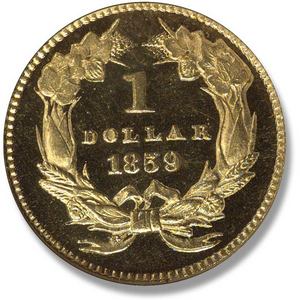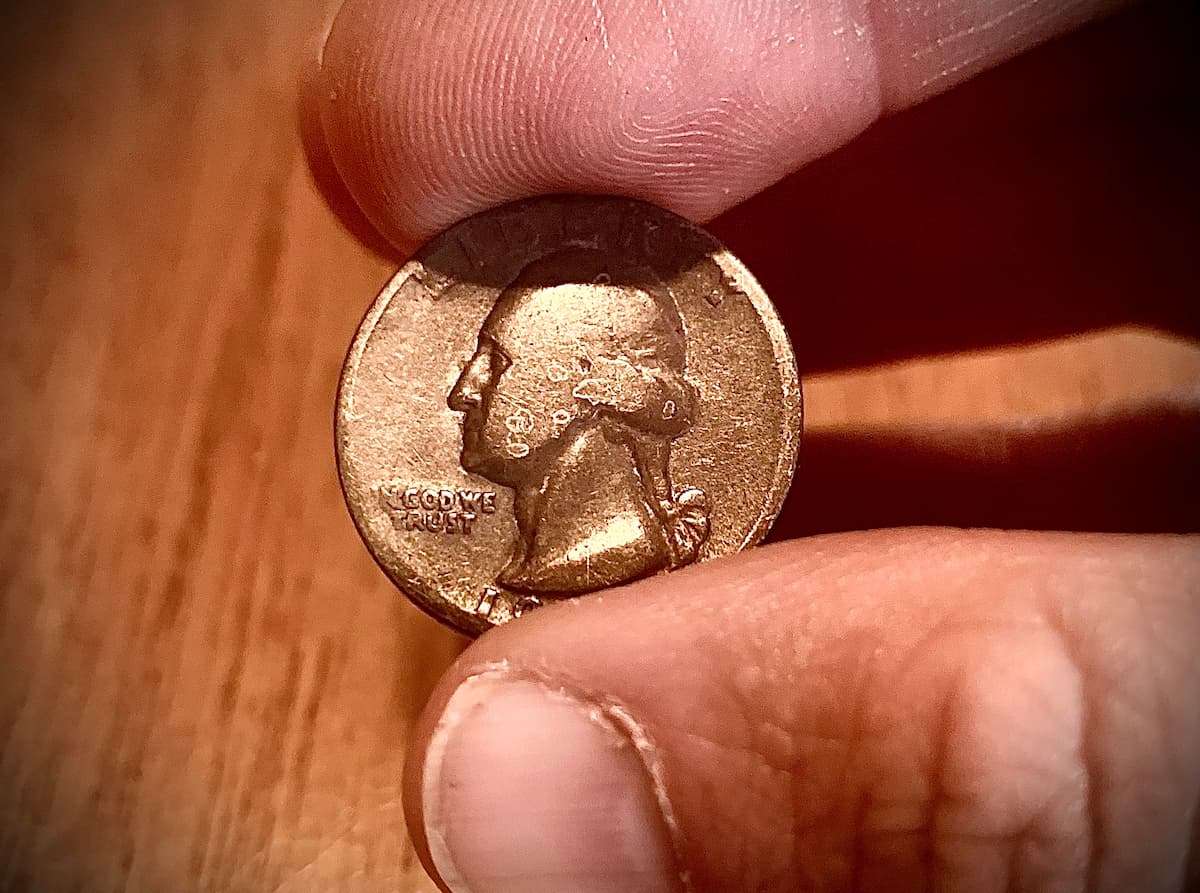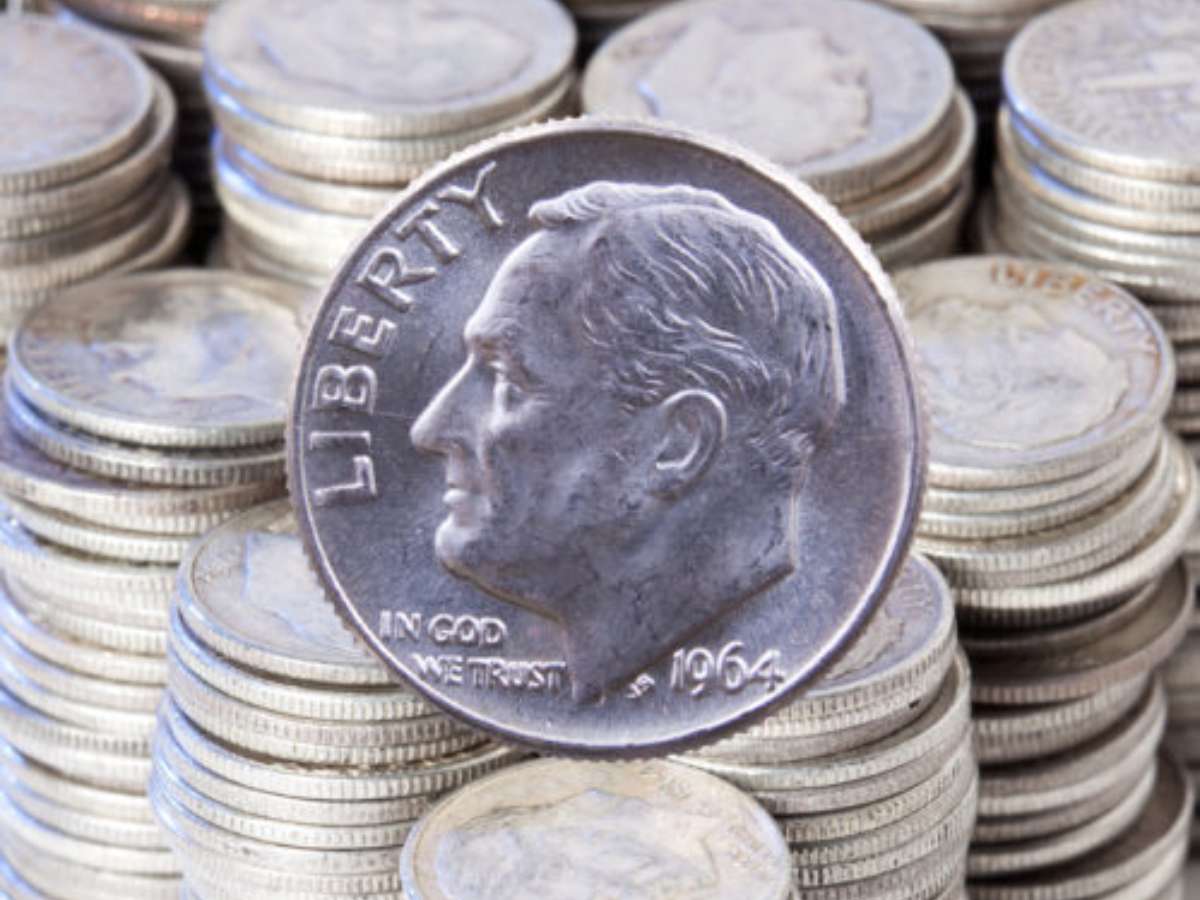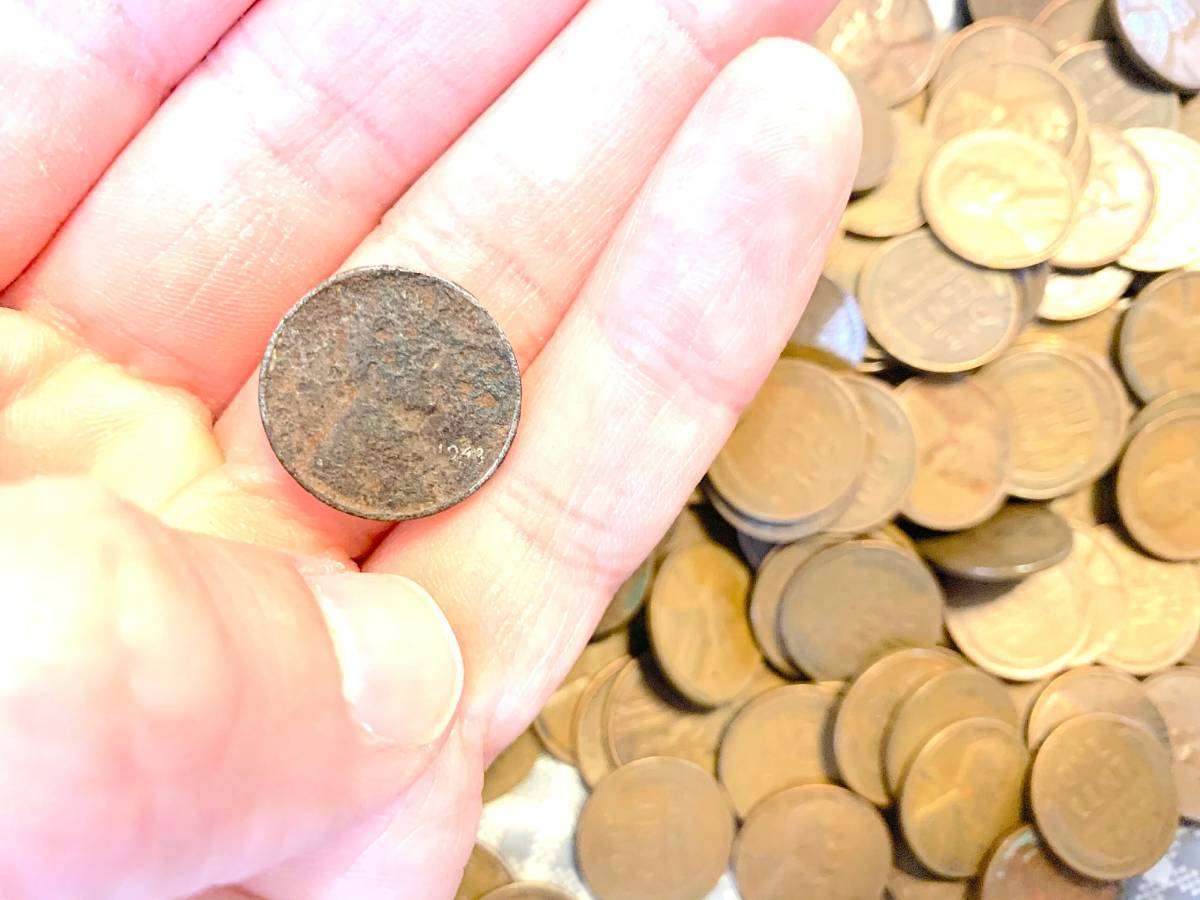 You’ve probably heard of silver dollars, but what about gold dollars?
You’ve probably heard of silver dollars, but what about gold dollars?
Although gold dollar coins may not be as widely collected as Morgan dollars and Peace silver dollars, in their heyday, gold dollars saw circulation from coast to coast and were very important coins in commerce.
These tiny gold dollar coins represented a lot of purchasing power in their day — and were quite popular with the masses!
Gold Dollar Coins: Small But Popular
The Act of March 3, 1849 authorized the production of gold dollars.
Gold dollar coins were minted from 1849 through 1889.
During that time, gold dollar production went into the millions during several years.
Several mints struck gold dollars over the course of their history.
You can find the mintmark on the gold dollar below the wreath on the reverse (tails side) of the coin:
- Philadelphia (no mintmark)
- Charlotte (C)
- Dahlonega (D)
- New Orleans (O)
- San Francisco (S)
Gold dollar coins are small — far tinier than their silver dollar counterparts. At only 13 to 15 millimeters wide and weighing in at just 1.672 grams, gold dollars are dwarfed by most other coins. In fact, Type 1 dollar coins are the smallest U.S. coins ever minted. (More about Type I, II, and III dollar coins below.)
Here is a U.S. and foreign coin size chart, so you can compare various denominations in terms of size.
3 Different Types Of Gold Dollars
If you’re collecting by type, there are 3 different varieties of gold dollars that you’ll be searching for:
- Type I: Liberty Head (1849 to 1854)
- Type II: Small Indian Princess Head (1854 to 1856)
- Type III: Large Indian Princess Head (1856 to 1889)
Depending on how you’re planning to collect gold dollars, you may want to purchase one of each design type. Or, perhaps you’ll even try for one of each date and mintmark.
While there was a significant design change between Type I and Type II gold dollar coins, another major difference between the two is the diameter of the coin:
- Type I gold dollars measure 13 millimeters wide
- Type II and Type III gold dollars are 15 millimeters wide
James B. Longacre designed each of the different gold dollar designs. If his name sounds familiar, it’s probably because he also designed other coins, including:
- Flying Eagle cent
- Indian Head penny
- Two Cent coin
- Silver Three Cent trime
- Nickel Three Cent piece
- Shield nickel
- Liberty Head double eagle
Where To Find Gold Dollar Coins
Gold dollar coins are, as a type, easy enough to find.
Most coin dealers who sell gold coins will have some gold dollars to choose from, too.
However, in the gold dollar series, there are some very scarce dates that will be difficult to locate.
Gold Dollar Coin Values
 Gold dollar prices tend to swing up and down a bit based on the current price of gold bullion. However, you’ll see that gold dollar prices tend to change much more subtly than larger gold coins (like the double eagle) when bullion prices fluctuate.
Gold dollar prices tend to swing up and down a bit based on the current price of gold bullion. However, you’ll see that gold dollar prices tend to change much more subtly than larger gold coins (like the double eagle) when bullion prices fluctuate.
With gold at about $1,400 an ounce, the amount of gold in a gold dollar is worth around $70.
However, the numismatic value of these coins pushes prices much higher. A common-date worn example of a gold dollar will set you back anywhere between $225 and $400.
Here’s a look at the values of the scarcer gold dollars:
- 1849-C Close Wreath: $1,750
- 1849-D Open Wreath: $250,000
- 1850-C: $1,850
- 1850-D: $2,500
- 1851-C: $1,450
- 1851-D: $2,100
- 1852-C: $1,500
- 1852-D: $2,900
- 1853-C: $1,600
- 1853-D: $1,900
- 1854-D: $2,700
- 1855-C: $5,500
- 1855-D: $15,000
- 1856-D: $7,000
- 1857-C: $2,800
- 1857-D: $3,000
- 1858-D: $3,000
- 1859-C: $3,300
- 1859-D: $2,500
- 1860-D: $5,000
- 1861-D: $13,500
- 1875: $5,000
*Prices are for coins in XF-40 grade.




